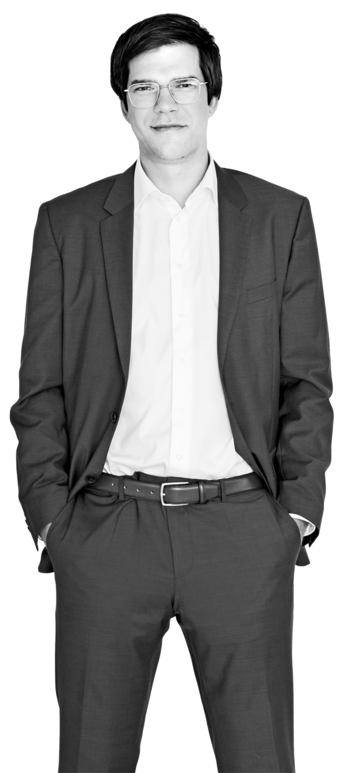
User-oriented design for the residential sector
The way we live has changed enormously over recent decades. And in addition to new lifestyles, the pluralization of our society and increased immigration are also leading to greater and changing demands on the housing market – and the real estate industry has to respond.
We create concepts for users
Consideration of user requirements is essential, in particular when it comes to realizing modern, future-oriented district development and residential projects. But that’s not all we do: At Drees & Sommer, we have made it our mission to make people’s needs the focus of every concept. We don’t just put innovative concepts on paper – we also put them into practice. And fostering new approaches and unconventional solutions is indispensable to achieve this.
Location, product and service – all User-Centric
The user-oriented concept basically has two goals: The development of marketable projects that create identity involves taking into account the requirements of future residents while at the same time meeting the client’s commercial objectives.
And this is more important than ever for the following reasons:
- An increasing number of district developments and residential projects face the challenge of revitalizing and developing new markets in poorly established locations.
- The demand for attractive residential properties is skyrocketing – and this increases the pressure on project developers. The mantra has changed from ‘Location Location Location’ to ‘Location Product Service’ – and user-centric at that!
- Trends like New Work, global crises such as the COVID pandemic, and new values such as sustainability awareness illustrate the need to question the ‘business as usual’ approach.
Projects that create identity
We adopt a holistic step-by-step approach to create projects that make a significant contribution to molding local identity. The Power of Place is a central theme of our cities of the future. Because people identify with places.
Projects that create identity require the following measures:
- Location and market analysis
- Analysis of future living and working trends
- Development of a vision using creative methods, such as design thinking and vision cards
- Establishment of user profiles, including formulation of requirements and user journeys
- Programming, fitout and equipment, and planning requirements
You can benefit from this
Our approach enables holistic, integrated solutions that cover all aspects of your project. This puts you on course to ensure a needs-based, sustainable residential project in which the wellbeing of residents comes first and ESG aspects are taken into account.
This approach not only increases user satisfaction, but also ensures greater commercial potential through significantly improved marketability. Planning processes can also be greatly accelerated thanks to the fast and efficient determination of the key parameters What, Why, and How.
